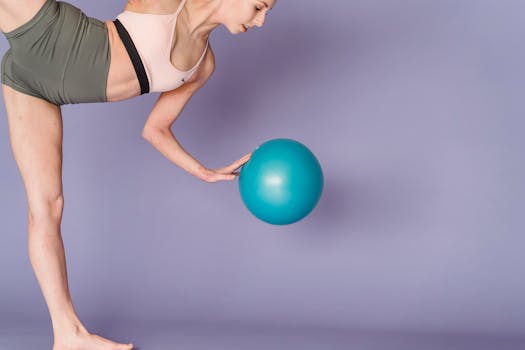
Discovering Core Power: What Yoga and Pilates Can Teach Us About Strength
As someone who’s always been interested in fitness, I’ve tried my fair share of workout routines. But it wasn’t until I discovered yoga and Pilates that I truly understood the importance of core power. Focus Keyword: Discovering Core Power is an journey that has changed my life and I’m excited to share it with you.
What is Core Power?
So, what exactly is core power? Simply put, it refers to the strength and stability of our core muscles, which include our abs, obliques, and lower back. These muscles work together to help us maintain good posture, balance, and overall physical stability. But core power is more than just physical – it’s also mental and emotional. When we have strong core power, we feel more confident, grounded, and centered.
How Yoga and Pilates Can Help
So, how can yoga and Pilates help us discover our core power? Both practices focus on building strength, flexibility, and body awareness, which are all essential for developing strong core muscles. In yoga, we use various postures (asanas) to engage our core, improve our balance, and build our overall strength. In Pilates, we use a combination of mat work and equipment-based exercises to target our core muscles, improve our posture, and enhance our overall physical fitness.
Benefits of Core Power
So, what are the benefits of having strong core power? For one, it can improve our overall physical fitness and athletic performance. When we have strong core muscles, we’re able to run faster, jump higher, and lift heavier weights. But core power also has a range of other benefits, including improved posture, reduced back pain, and enhanced mental focus and clarity.
Getting Started with Yoga and Pilates
So, how can you get started with yoga and Pilates? First, find a local studio or gym that offers classes in both practices. You can also try following along with online tutorials or videos at home. Start with beginner classes and gradually work your way up to more advanced levels as you become more comfortable with the practices. Remember to listen to your body and modify or rest when needed – it’s always better to err on the side of caution and prioritize your safety and well-being.





